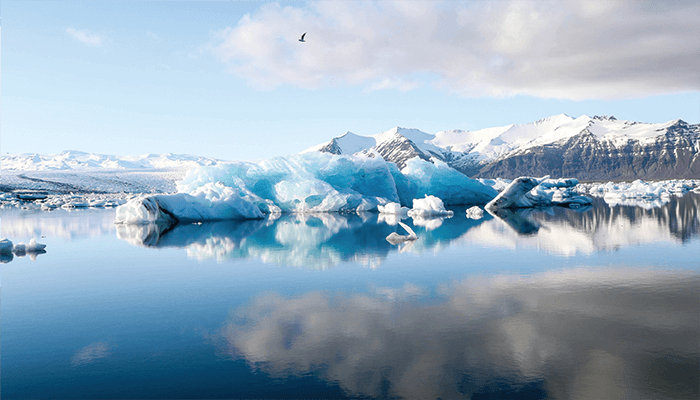Cryopreservation was first brought to life in the 1950s when researchers discovered the preservatory properties of glycol. Since then, cryopreservation methods have been refined and redefined to improve their ability to maintain the quality and functionality of cells and organs. However, there are still challenges.
According to Xiaoxi Wei, CEO and Co-Founder at X-Therma, the low temperatures and freezing agents involved can introduce the risk of crystal formation in tissues, which ultimately leads to cellular damage. “To minimize the impact of ice formation, companies rely on cryoprotectants,” she says. “But current techniques are significantly limited by the poor performance of cryoprotective agents (CPAs). Regardless of the freezing method (e.g., slow-freezing or vitrification), a CPA or combination of CPAs is needed.”
But CPA reliance isn’t without its problems. The toxicity of these agents – notably dimethyl sulfoxide (DMSO), one of the most common – can have consequences for patients. Wei says, “DMSO is toxic to cells at high concentrations and is also known to cause adverse reactions, such as vomiting and arrhythmia, in patients receiving DMSO-preserved stem cell therapies. Typical DMSO concentrations are around 10 percent; cell or bone marrow transplants containing 30–60 percent DMSO are associated with at least one side effect or complication.”

Inspired by nature, X-Therma has developed a biomimetic molecule that enables scientists to store cells and organs at sub-zero temperatures while avoiding potential changes to functionality and viability. “We created a biomimetic molecule of a naturally occurring antifreeze protein found in Arctic fish species,” explains Wei. “This novel molecule – a bioinspired peptoid – provides a scalable, nontoxic, DMSO- and serum-free cryopreservation solution that can be used for organ and tissue storage.”
The biomimetic molecule prevents recrystallization by controlling the process of annealing, the physical changes that occur as a result of temperature changes. This prevents the formation of small ice crystals and “improves the post-thaw viability” of tissues and organs. These properties, according to Wei, also make the nature-inspired peptide suitable for storing cell therapies because it can maintain their quality and be used in tissue/cell banking. Wei says, “In manufacturing gene and cell therapies, many manufacturers face scalability issues, toxicity, and proteomic and epigenetic changes from DMSO that reduce the effectiveness of the therapy. Better biopreservation methods are crucial to evolve the regenerative medicine market and underlie the sourcing of cellular material and the manufacture, storage, and delivery of all regenerative medicines.”
Wei and her colleagues are also exploring other applications of their platform technology. She says, “We all heard about the complicated process of maintaining cold temperatures for extended transport during the COVID-19 pandemic. Vaccines could very well be another area in which this technology offers value.”




